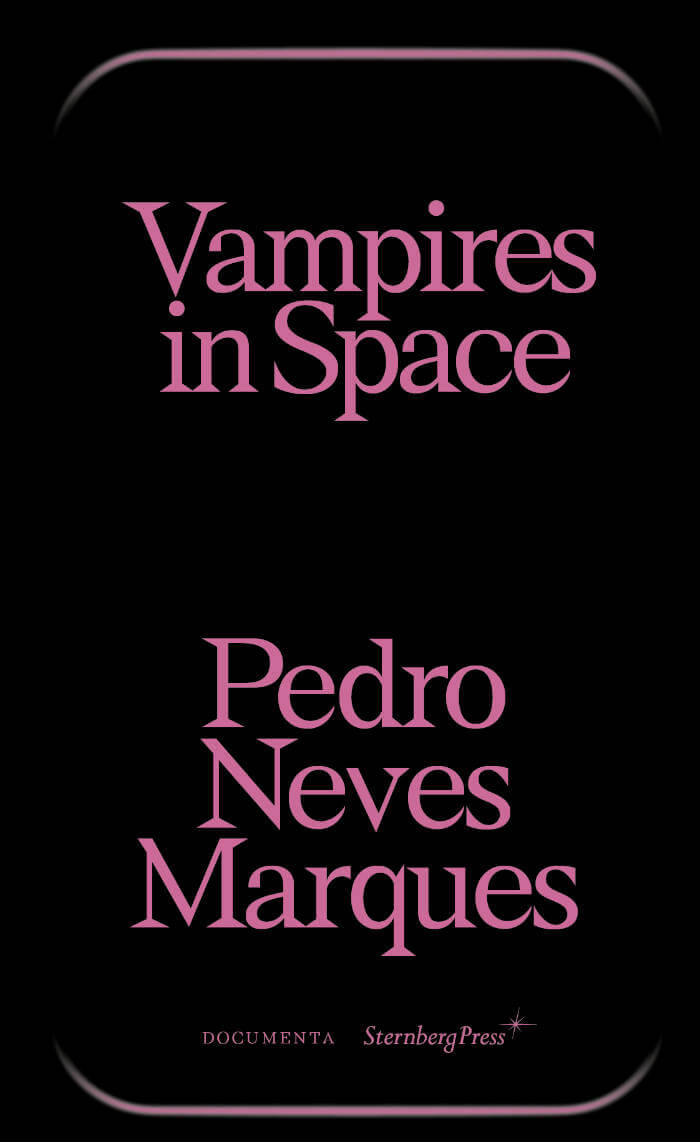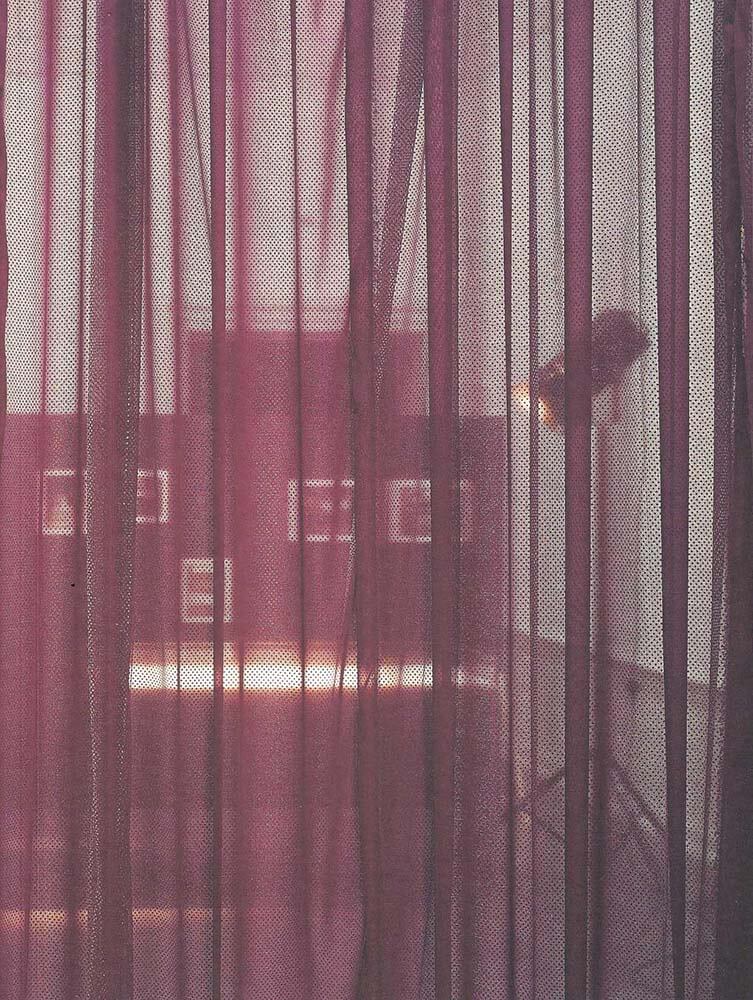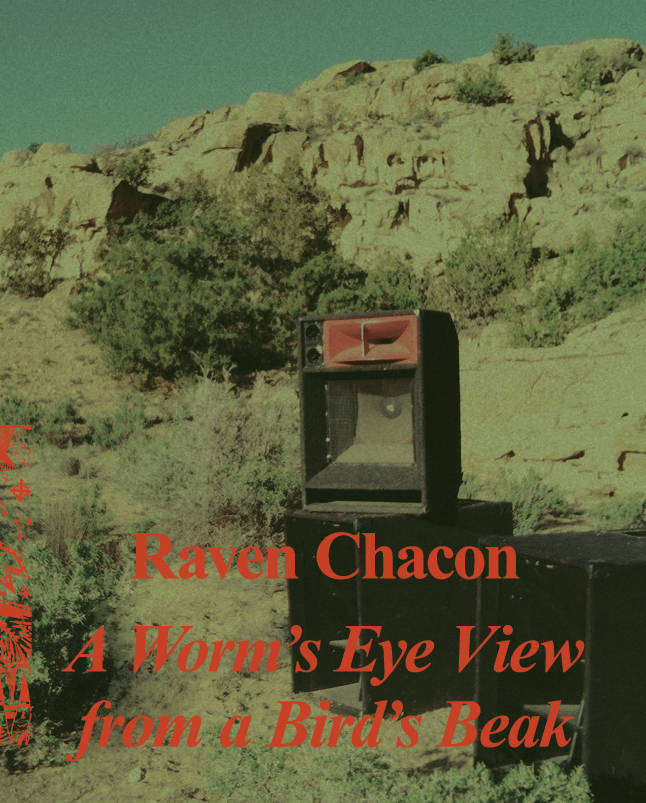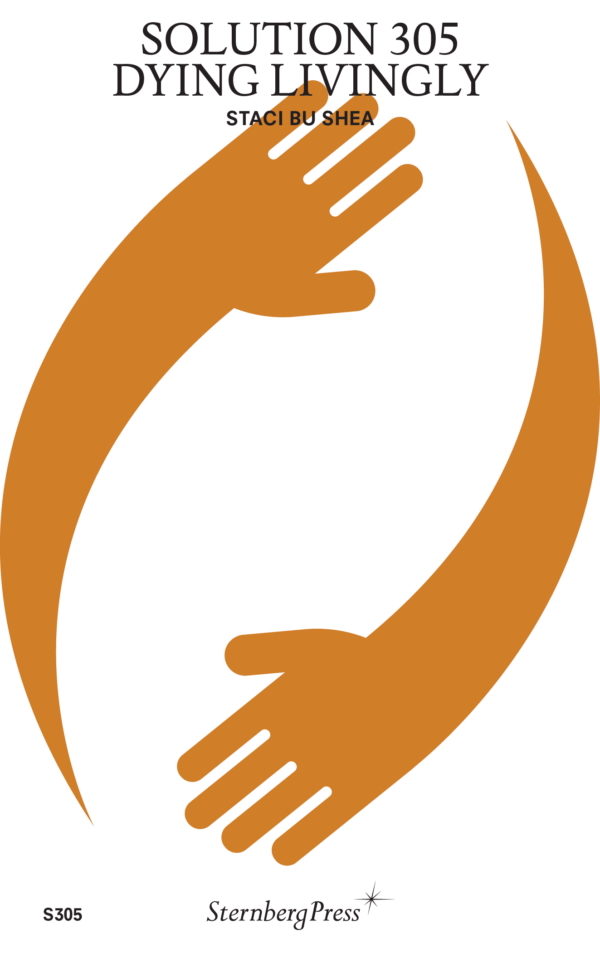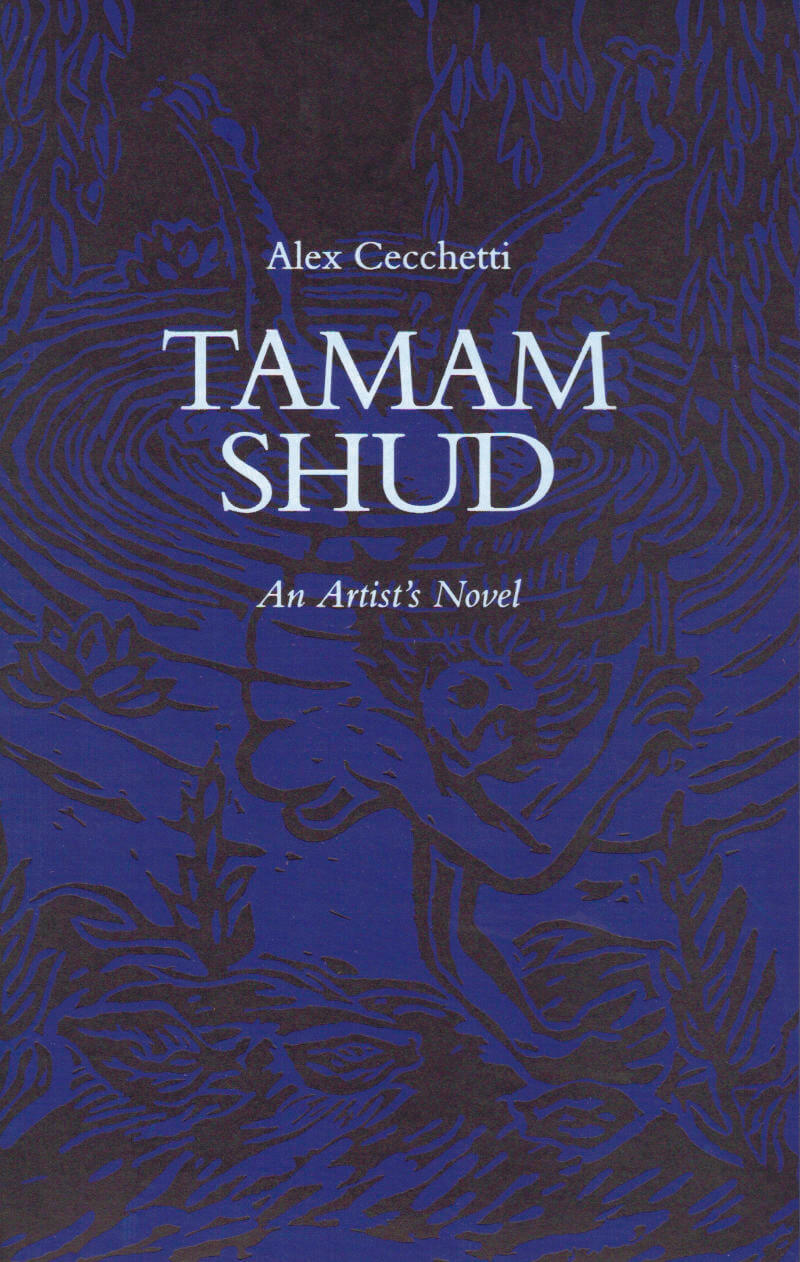
Tamam Shud
A mystery murder artist's novel by Alex Cecchetti, in which the artist and narrator realises he is dead and decides to investigate the causes of his own death.
“I am dead. Homicide, assassination, accident, suicide, the detectives have come up with nothing. The labels in my clothes, my fingerprints, my shoe size, everything has been unstitched, erased, wiped away, blanched, bleached, and consigned to oblivion. As the only clue, in a secret pocket sewn into my trousers, the detectives found a flimsy slip of paper torn from the pages of a book. On that folded bit of paper just two words, Tamam Shud, “this is the end.” Experts, antiquarians, and opium smokers have been consulted, and all agree that these are the last two words in the Rubaiyat, an ancient collection of esoteric poems written by a Persian poet named Omar Khayyam. What the hell do I have to do with poetry, Persia, and hidden pockets? I can't even sew on a button. My identity is still unknown and not even I remember much. This is why I have decided to investigate my own death.”
The Tamam Shud narrative emerged through a series of episodic performances and an exhibition by Alex Cecchetti at the Ujazdowski Castle Centre for Contemporary Art, Warsaw. For two years the writing process and the artistic process were interwoven, feeding each other as they evolved. The art project and the artist's novel are linked together as much as the life of the victim is connected to the piece of paper found in his pocket.
Artist, poet and choreographer, creator of performances and idiosyncratic objects, Alex Cecchetti (born 1977 in Terni, Italy, lives and works in Paris) has developed a unique practice, difficult to classify, that could be called art of avoidance: tactical and poetic, aesthetic and materialistic, its system leads to produce specific situations or objects that can exist both inside and outside the traditional exhibitions. It is in this double movement of representation and conceal that it's possible to inscribe his staging of invisible choreographies of hidden nudes and sleeping dancers. His work is focused in the construction of specific narratives that are experienced both mentally and physically by the audience.
Language: English
